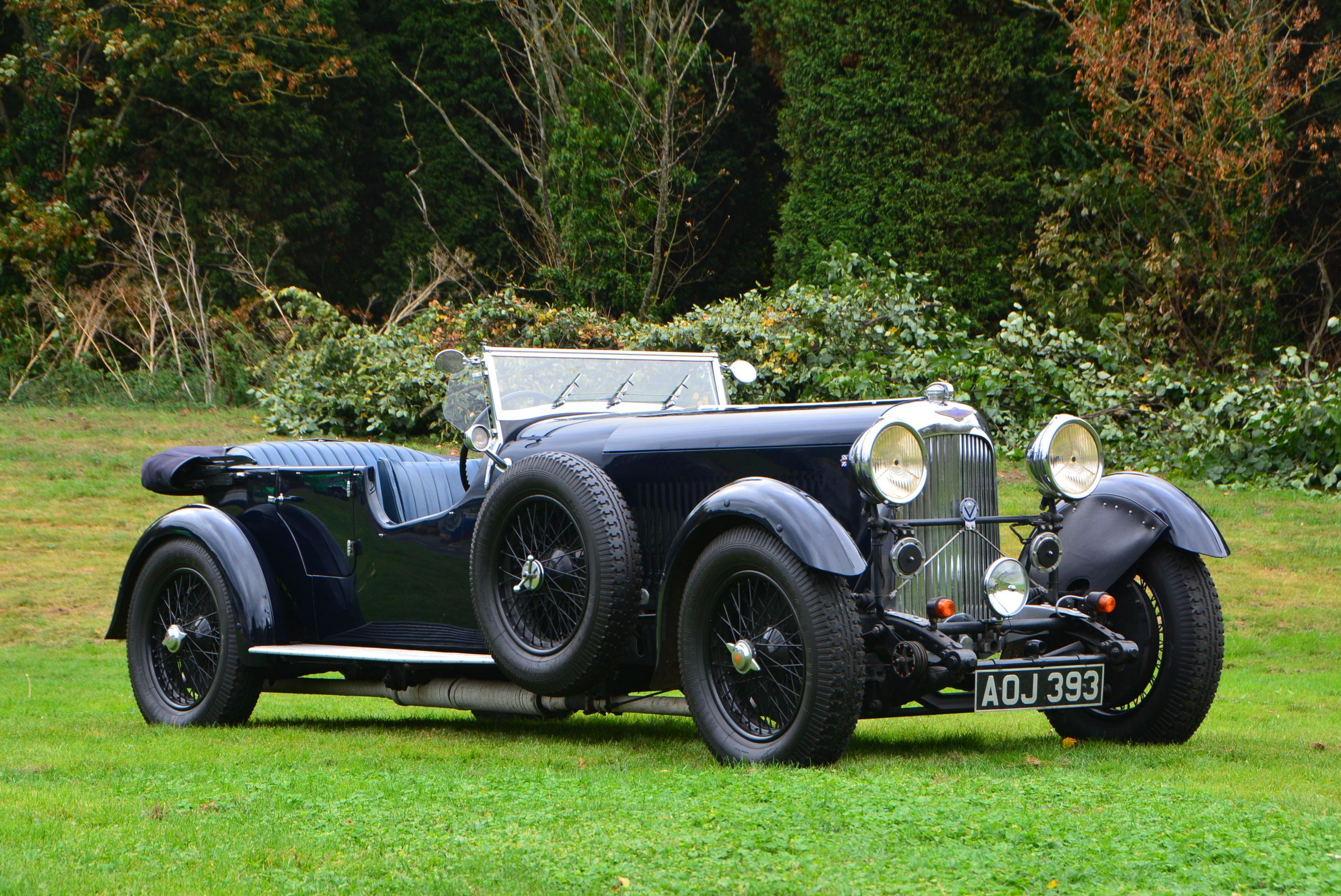
Click Here for Full Screen Image - Click Here to Download Image
 | 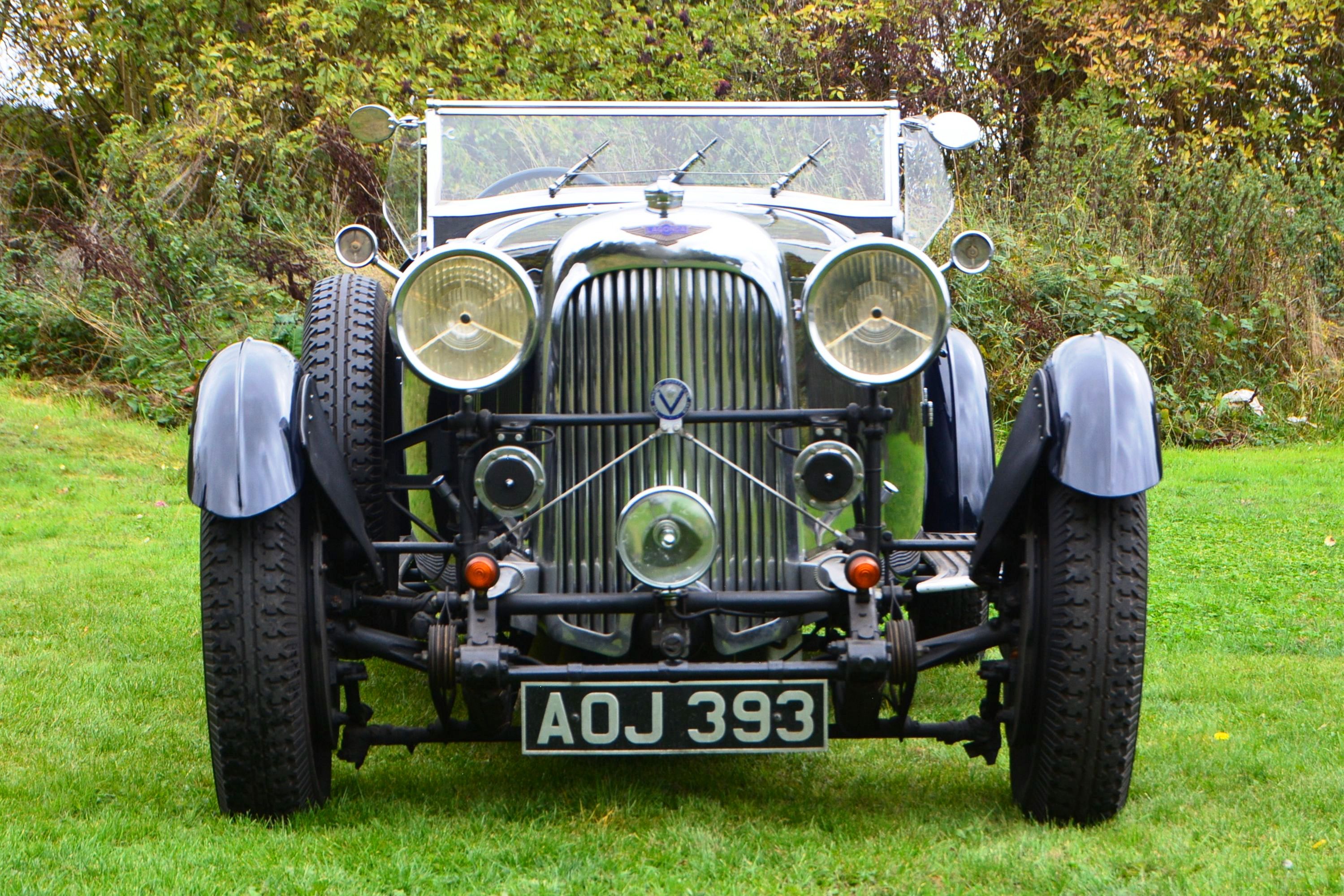 | 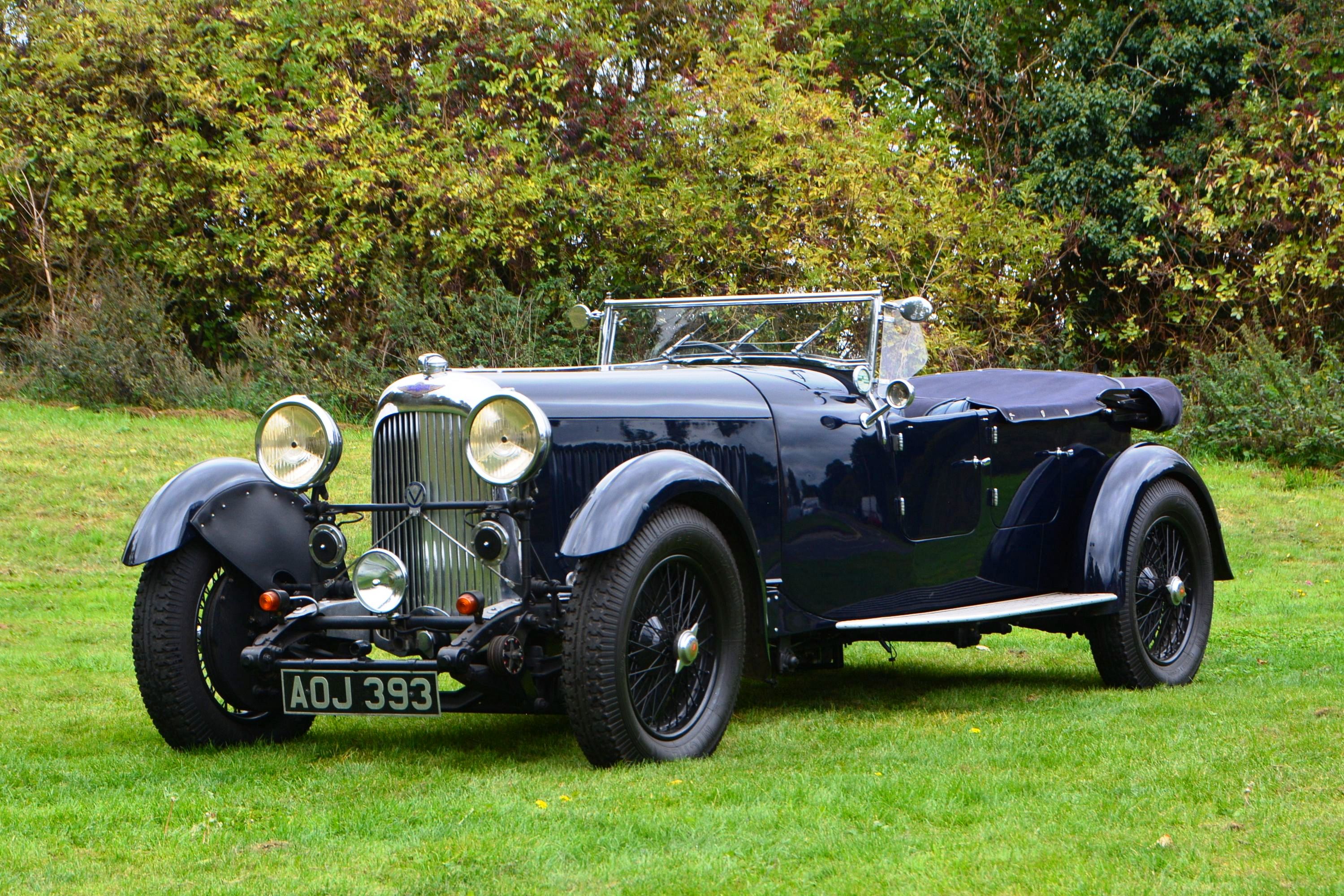 | 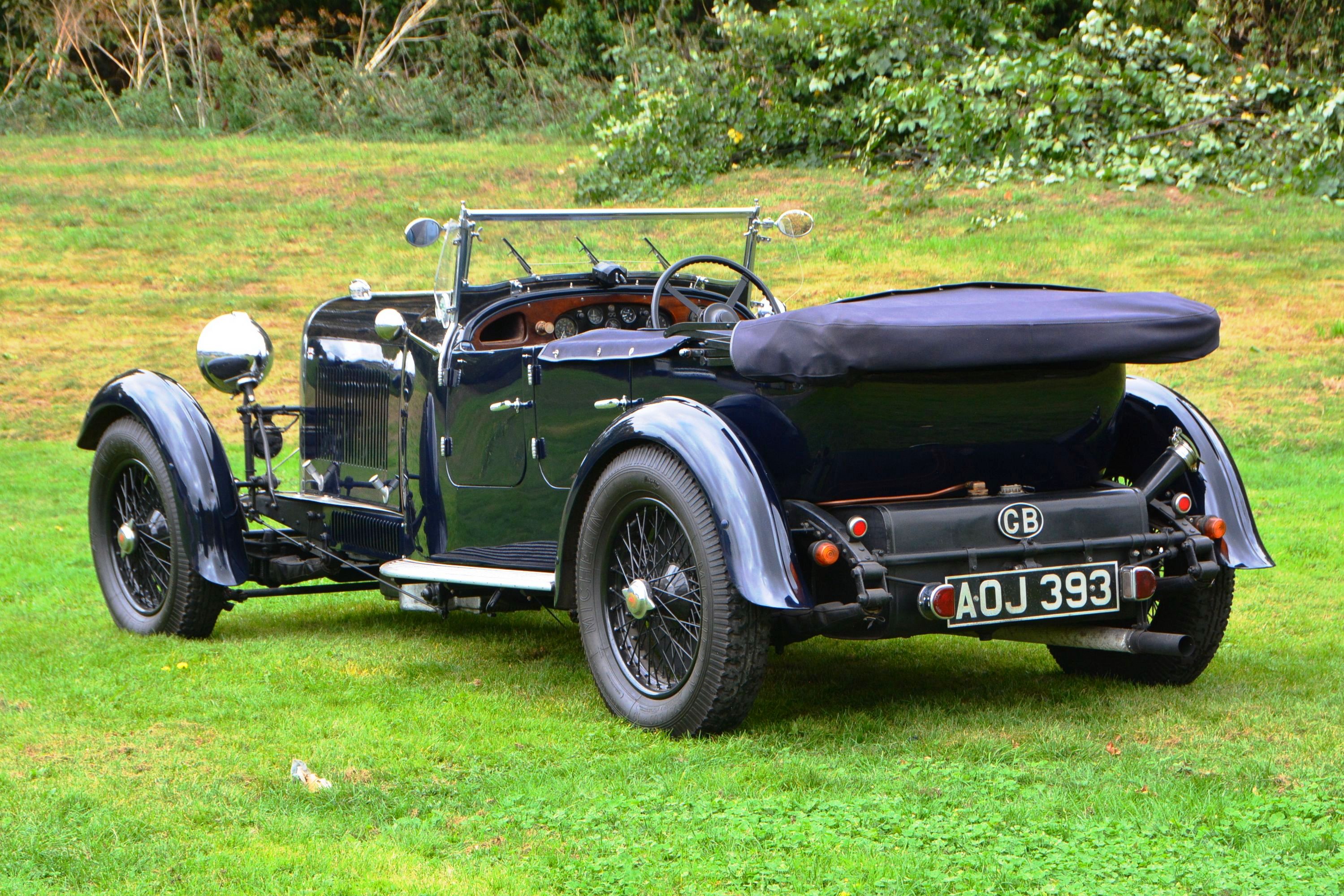 | 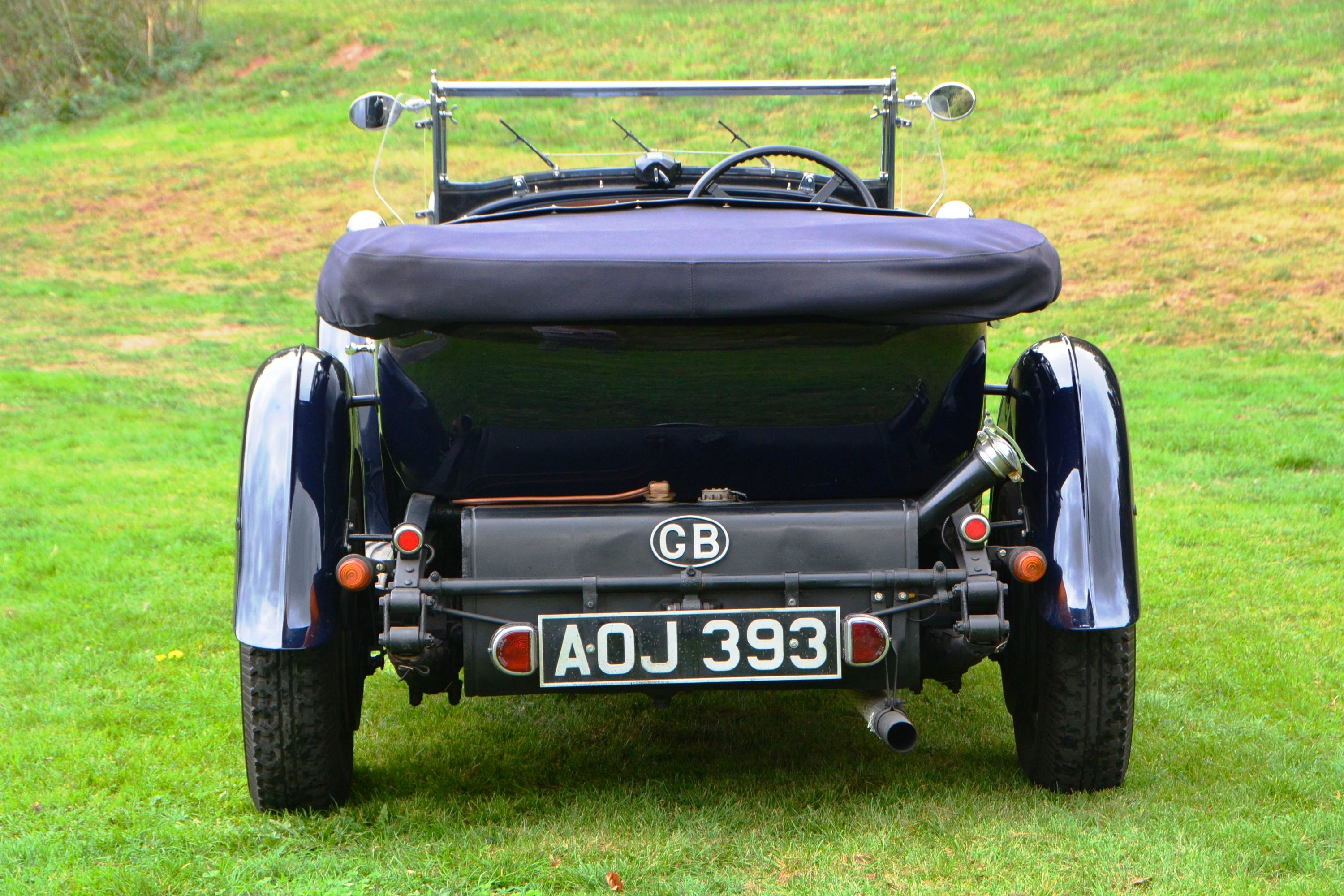 | |||||
 | 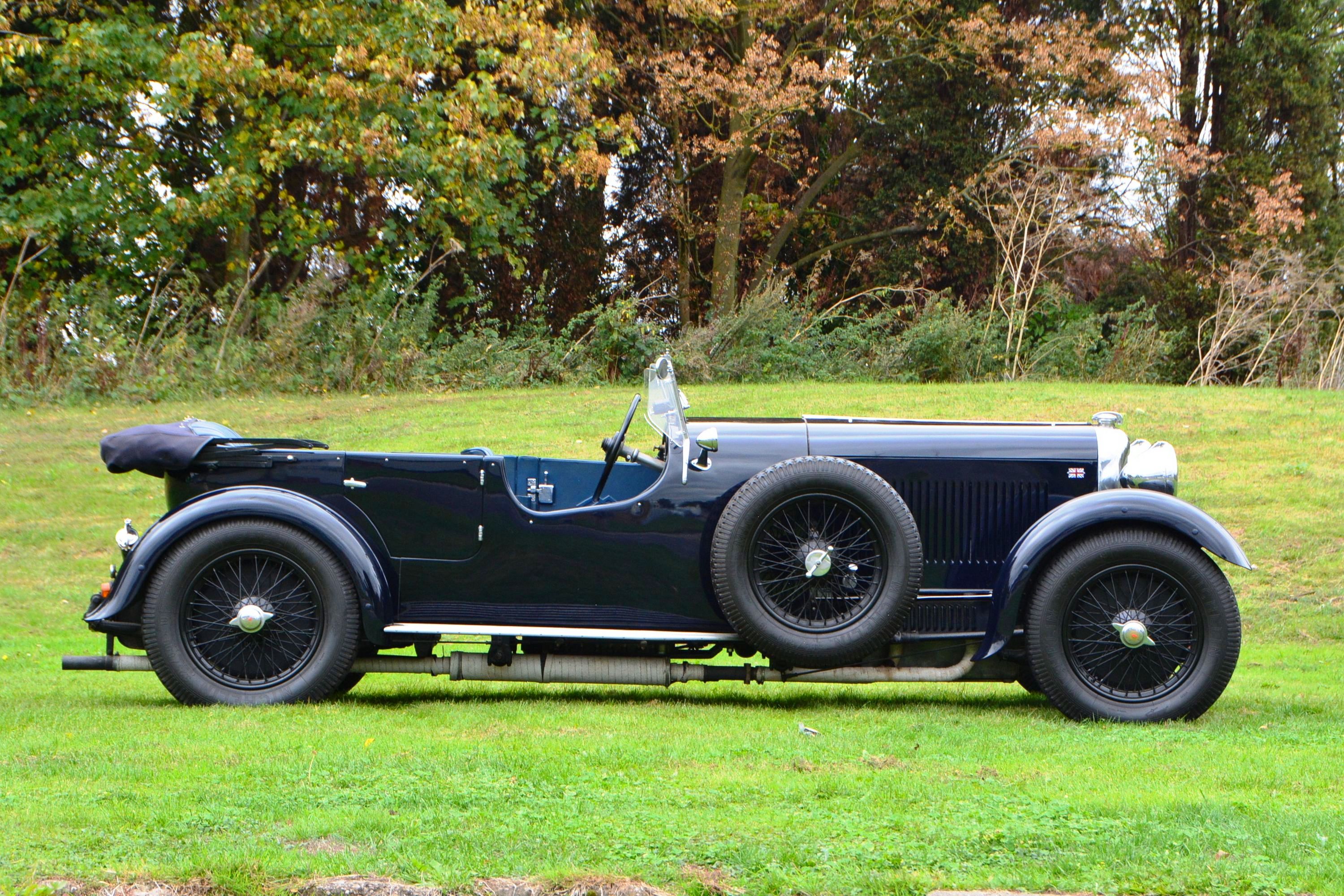 | 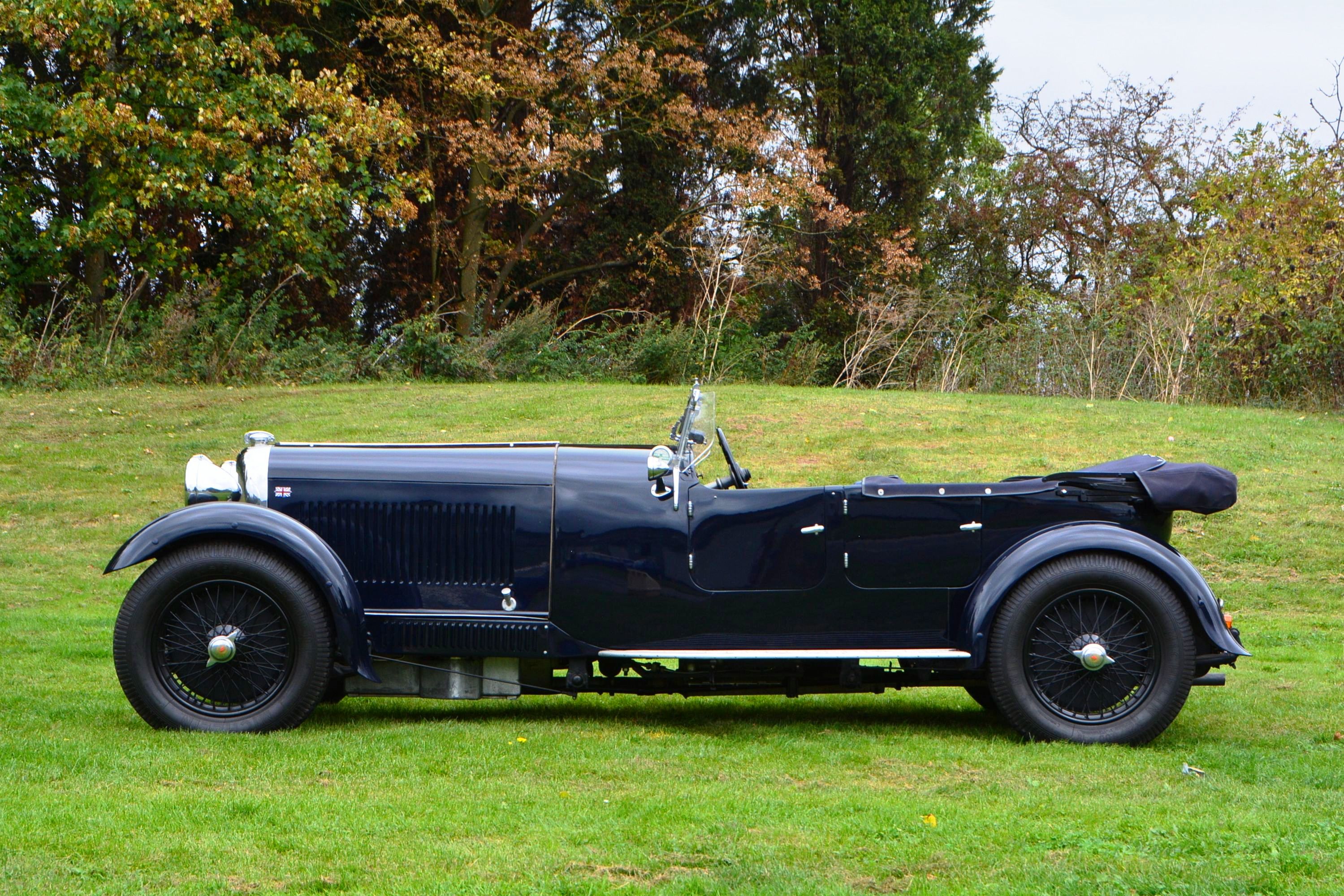 | 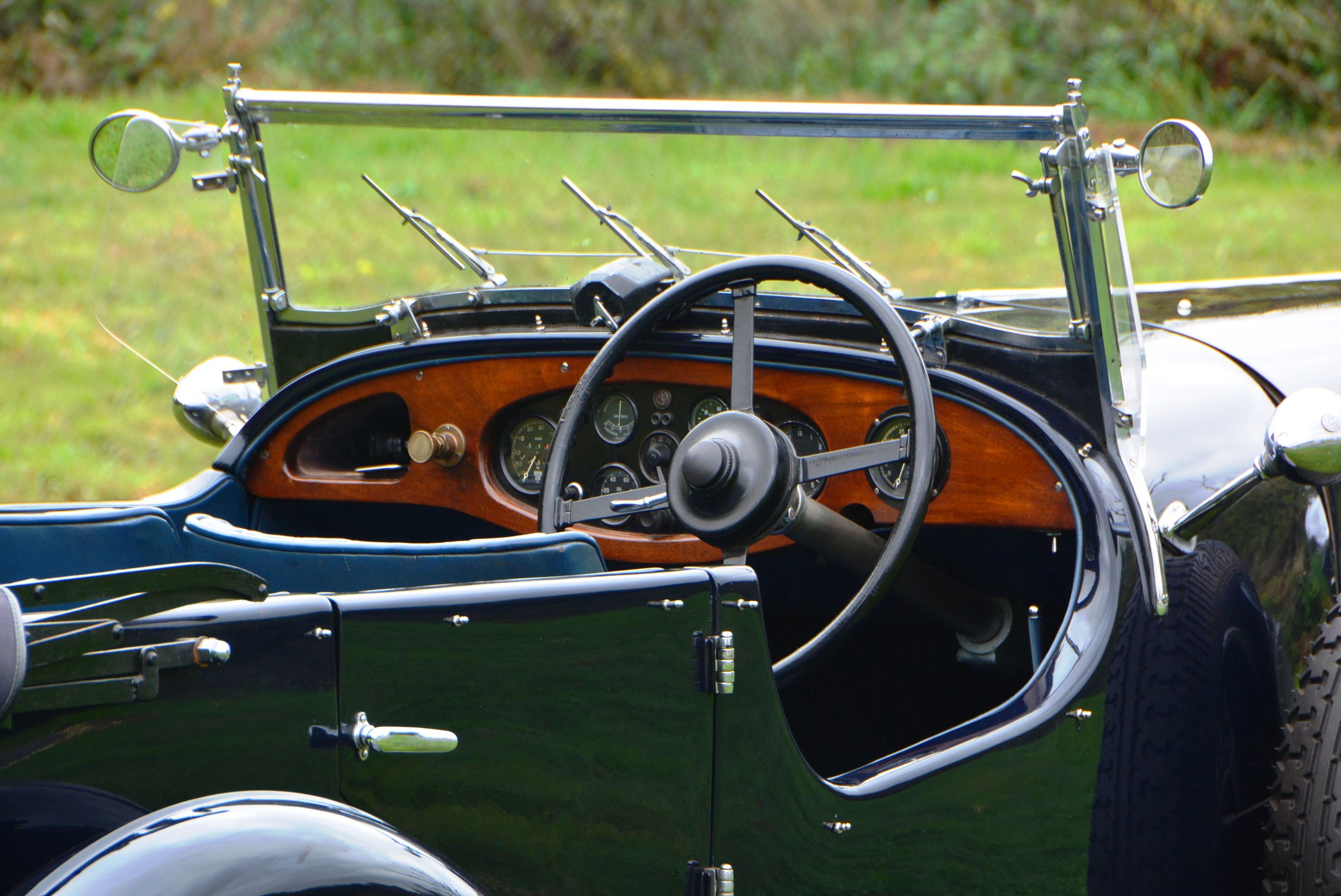 | 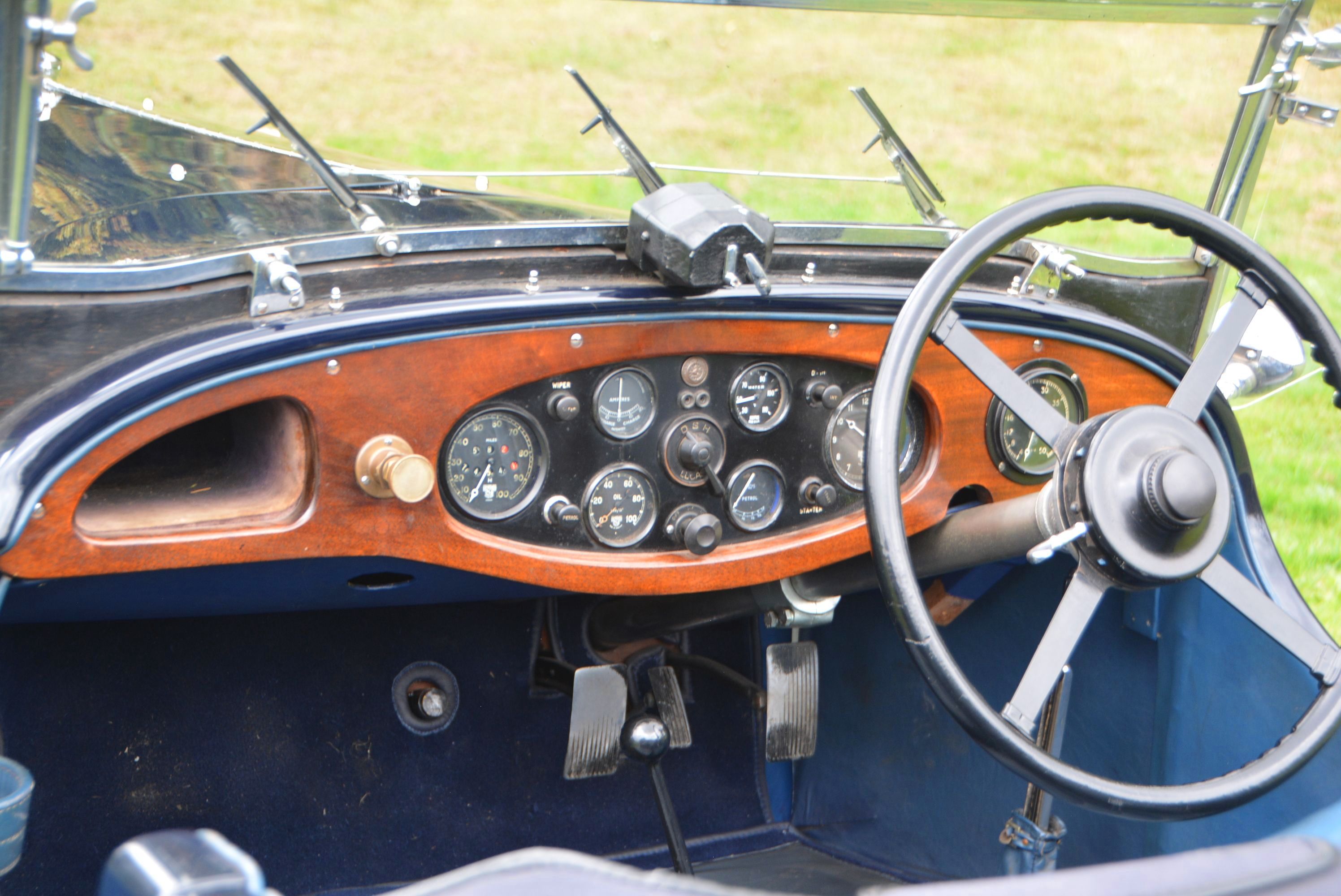 | |||||
 | 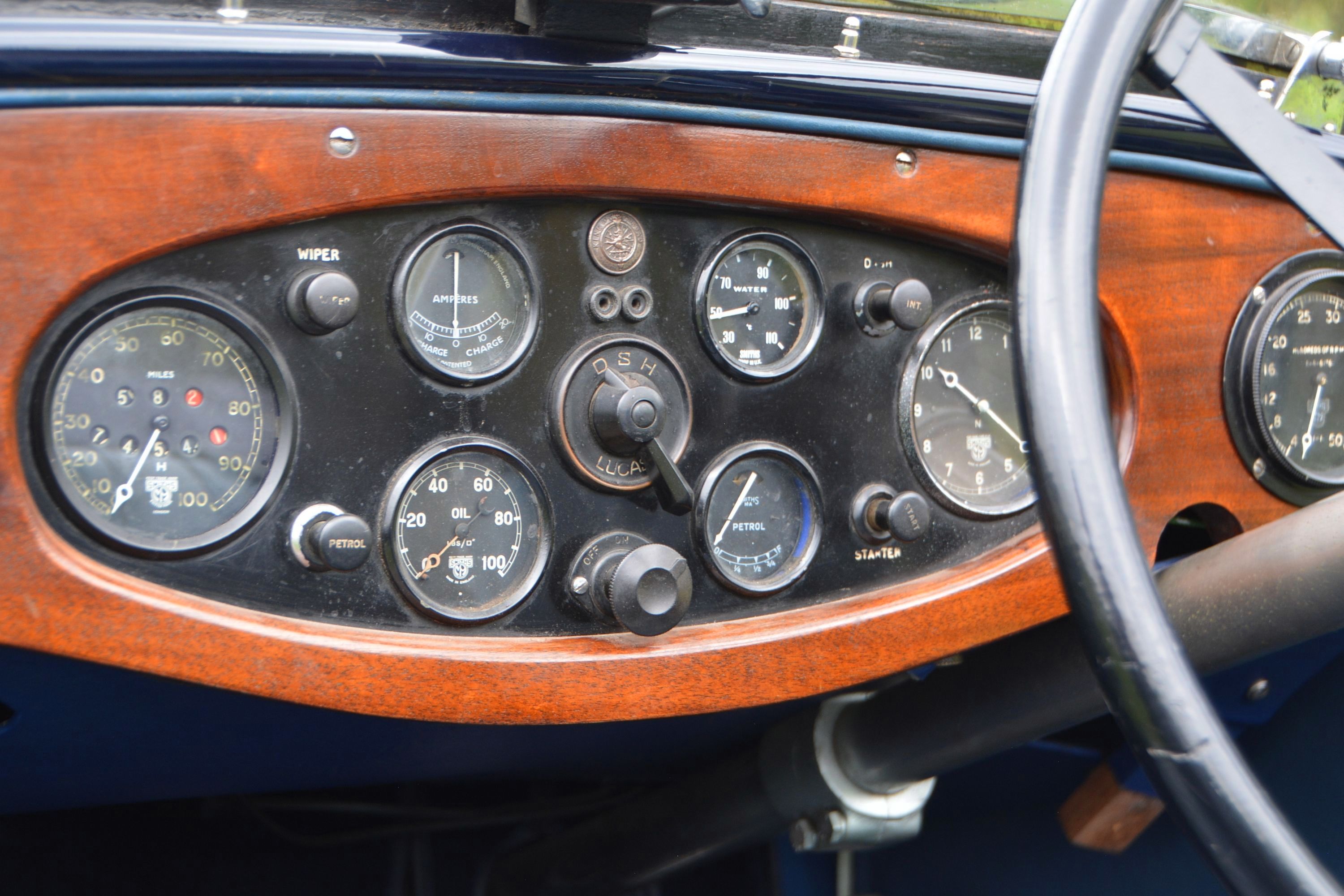 | 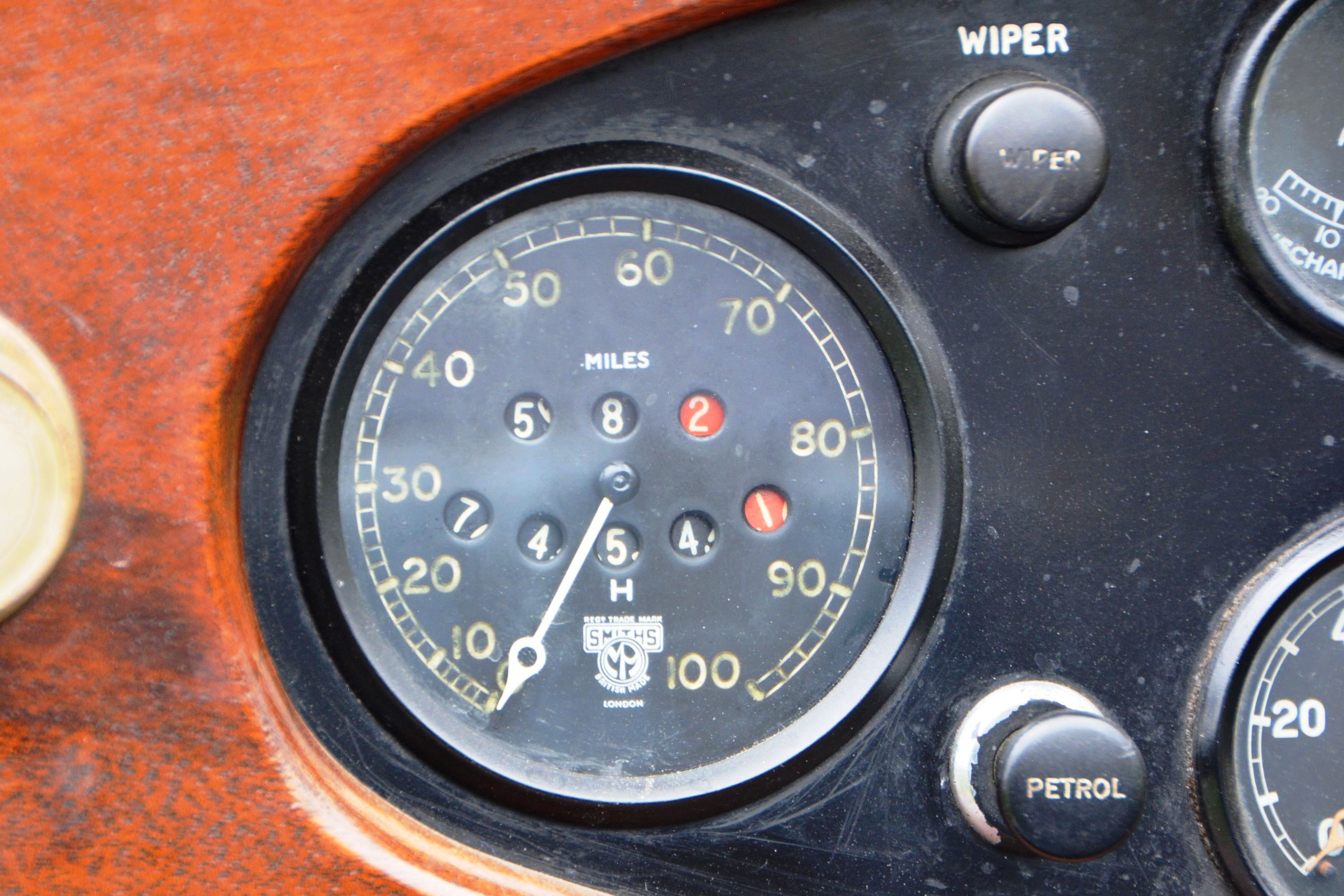 | 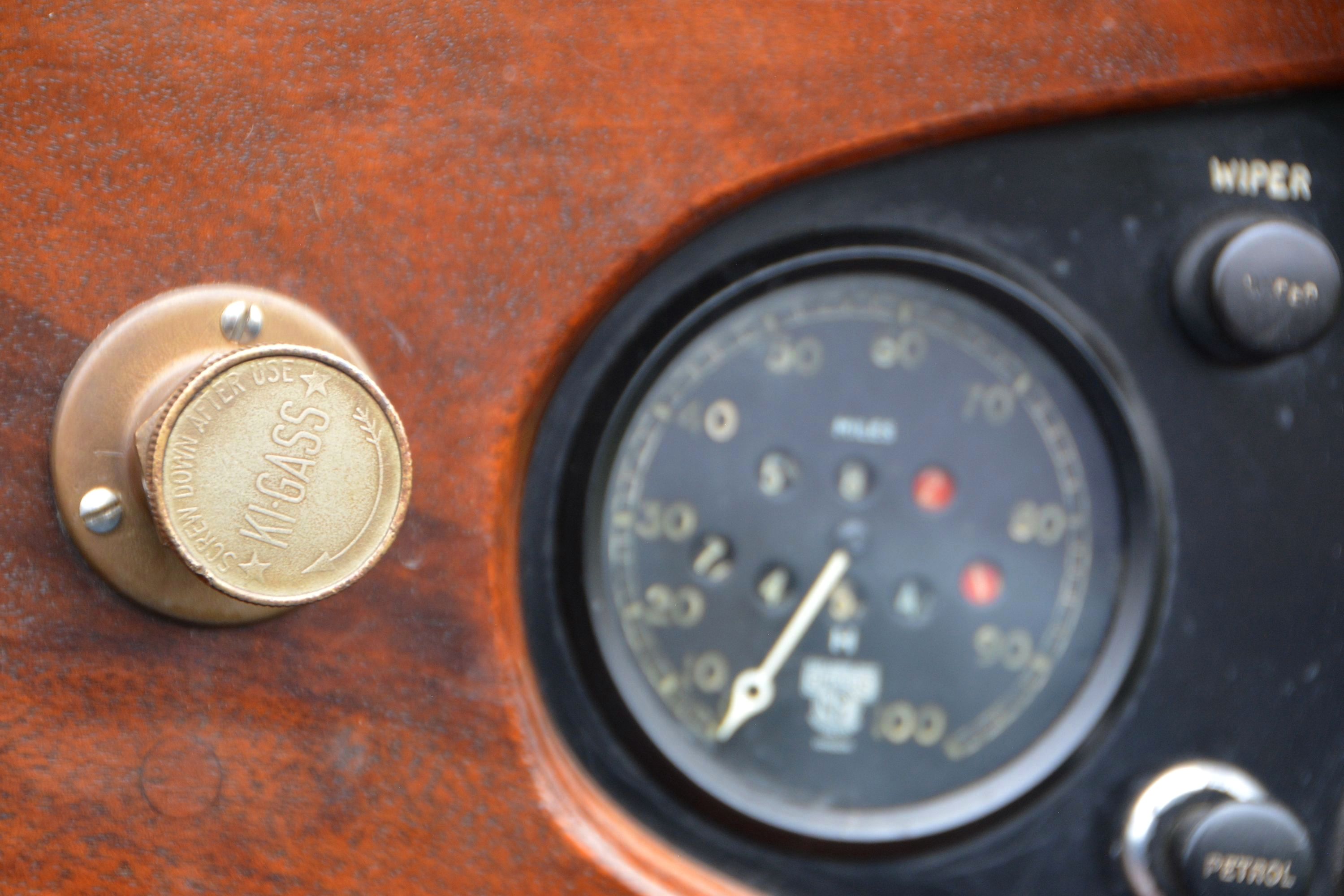 | 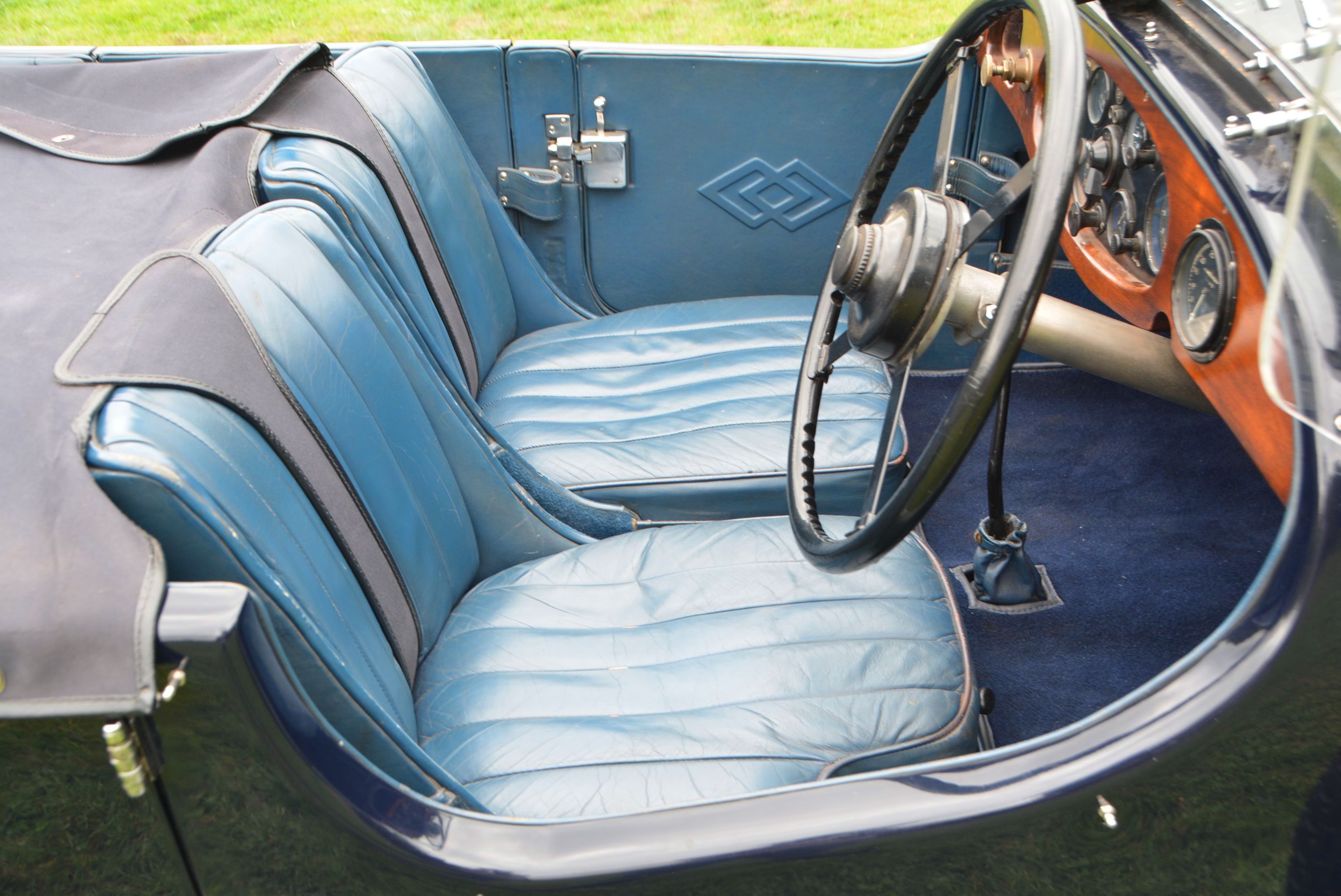 | |||||
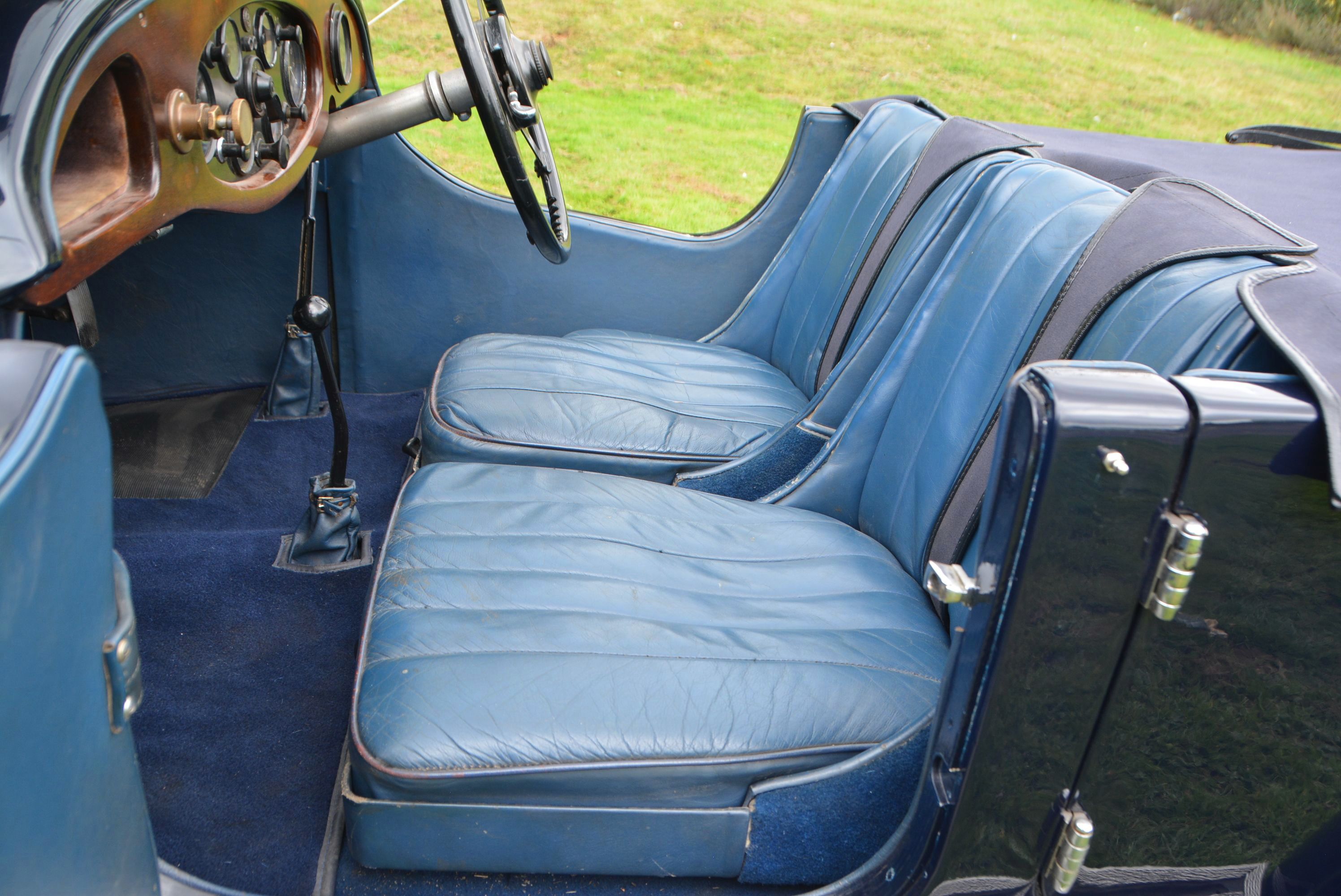 |  |  |  | 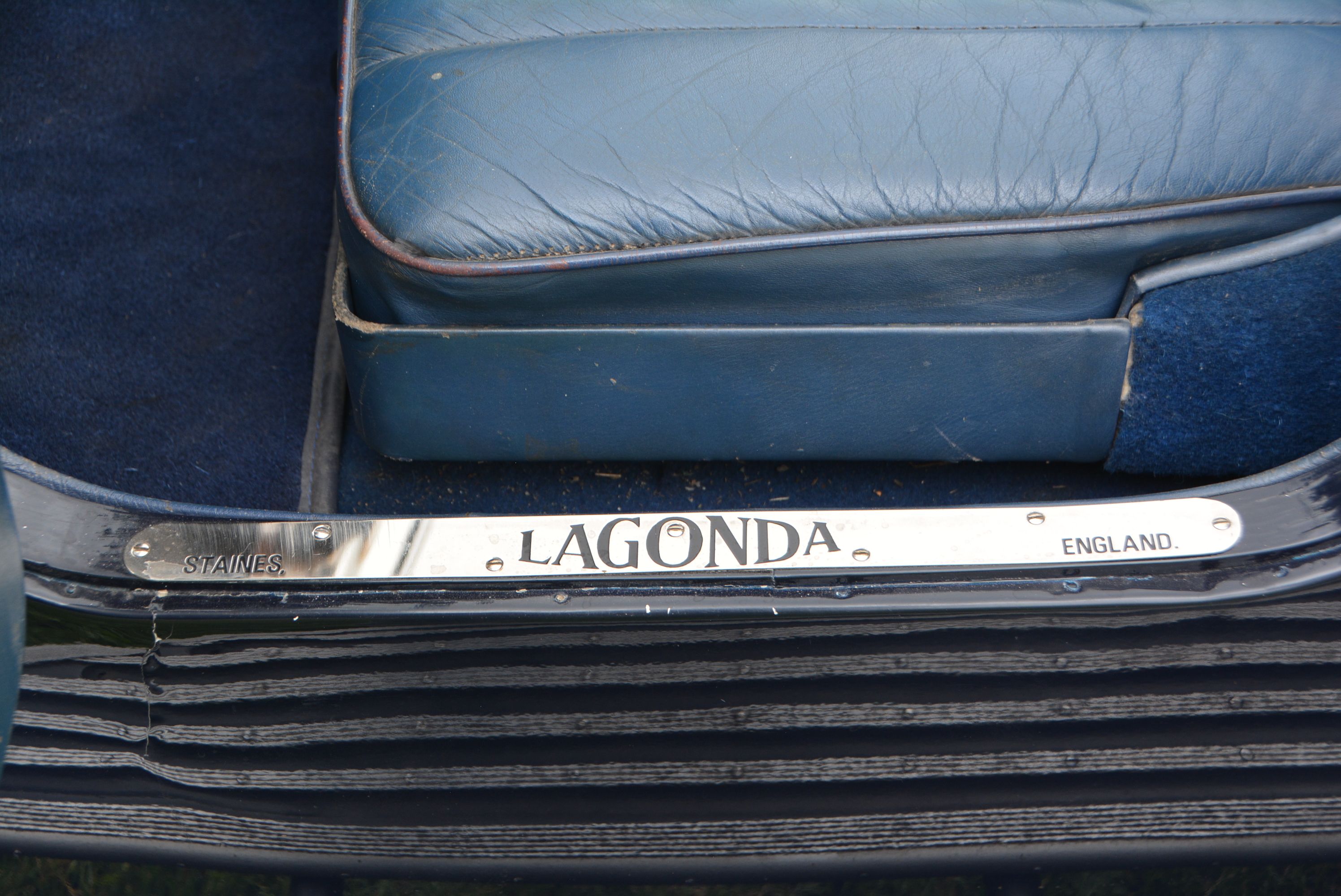 | |||||
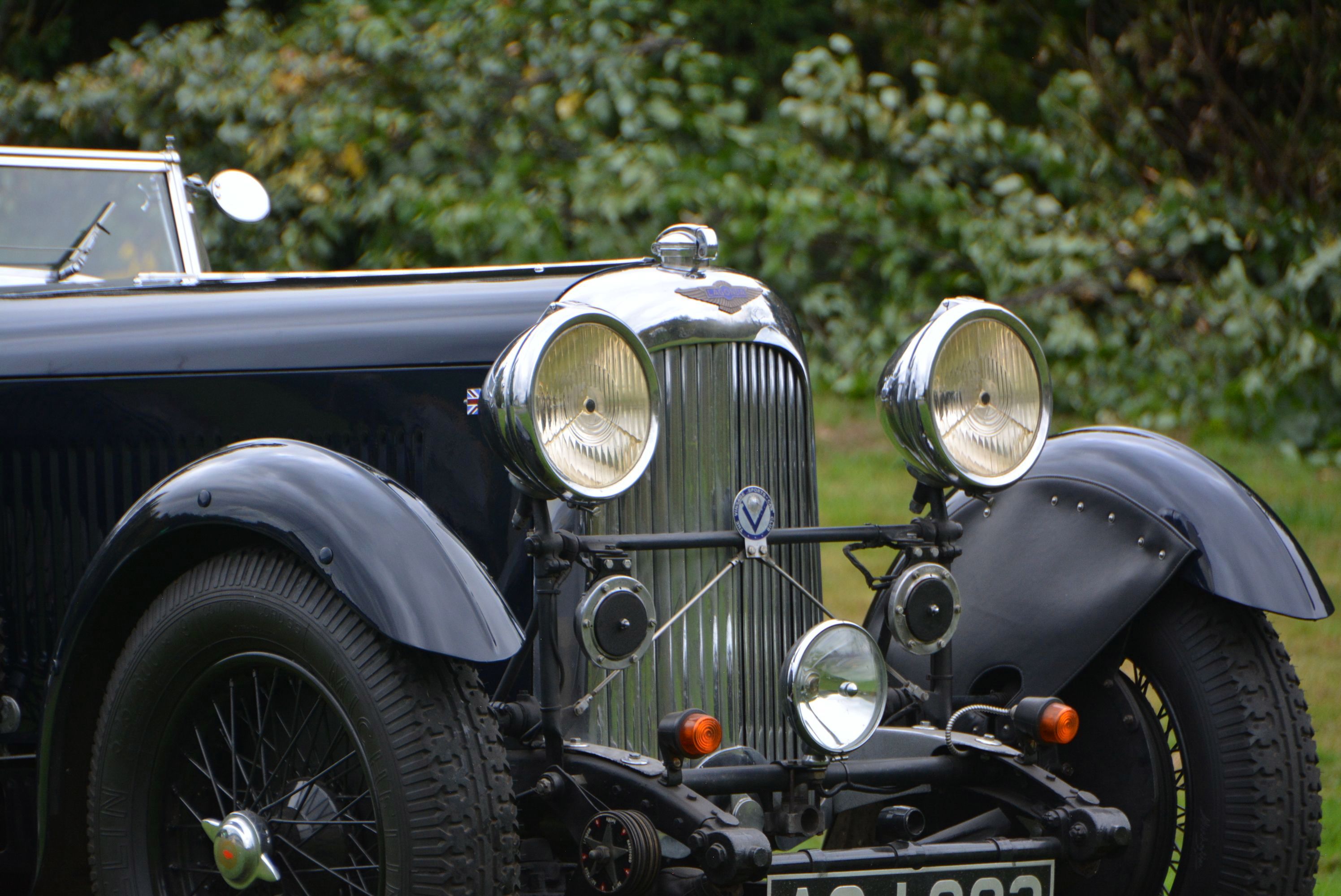 | 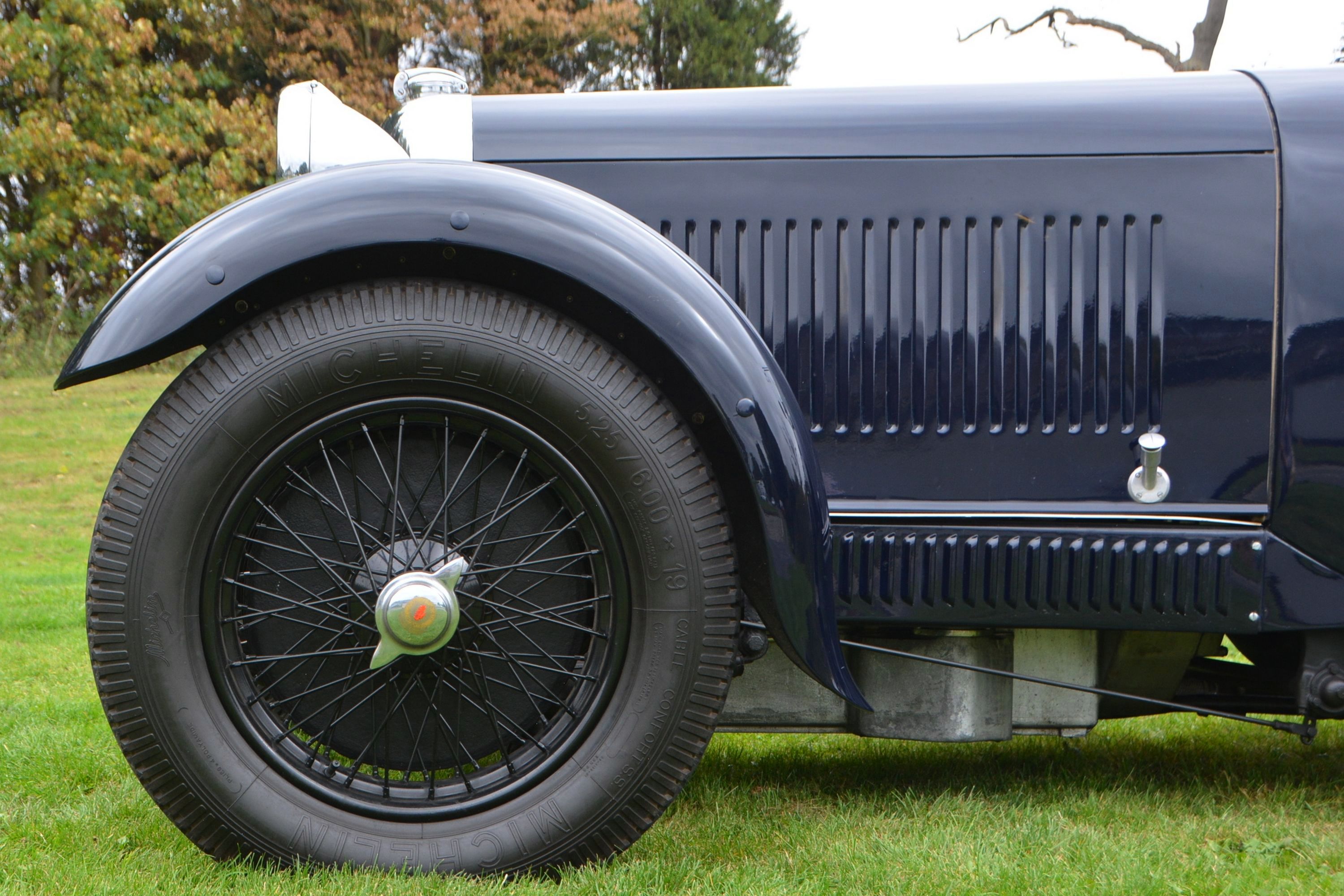 |  | 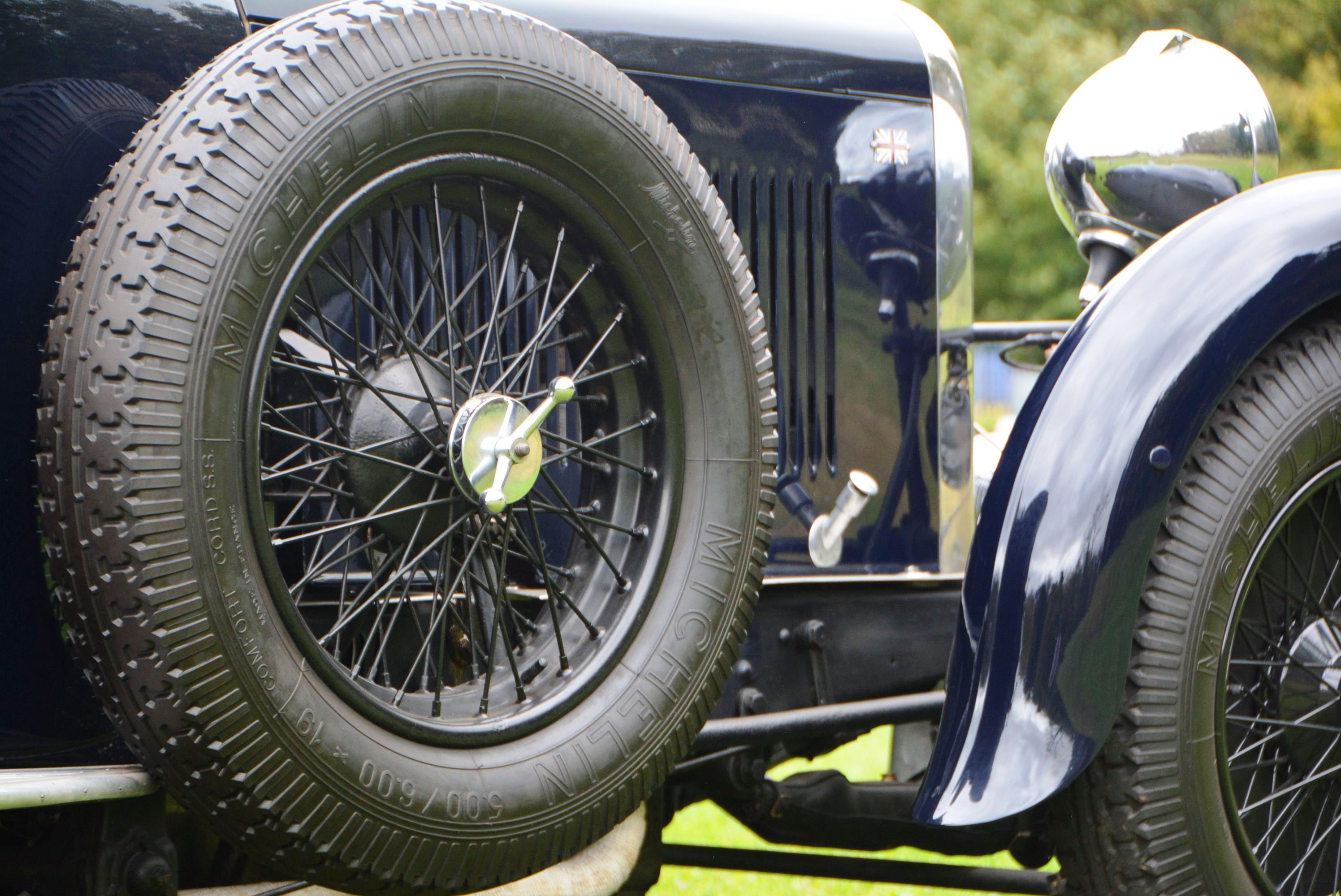 |  | |||||
 | 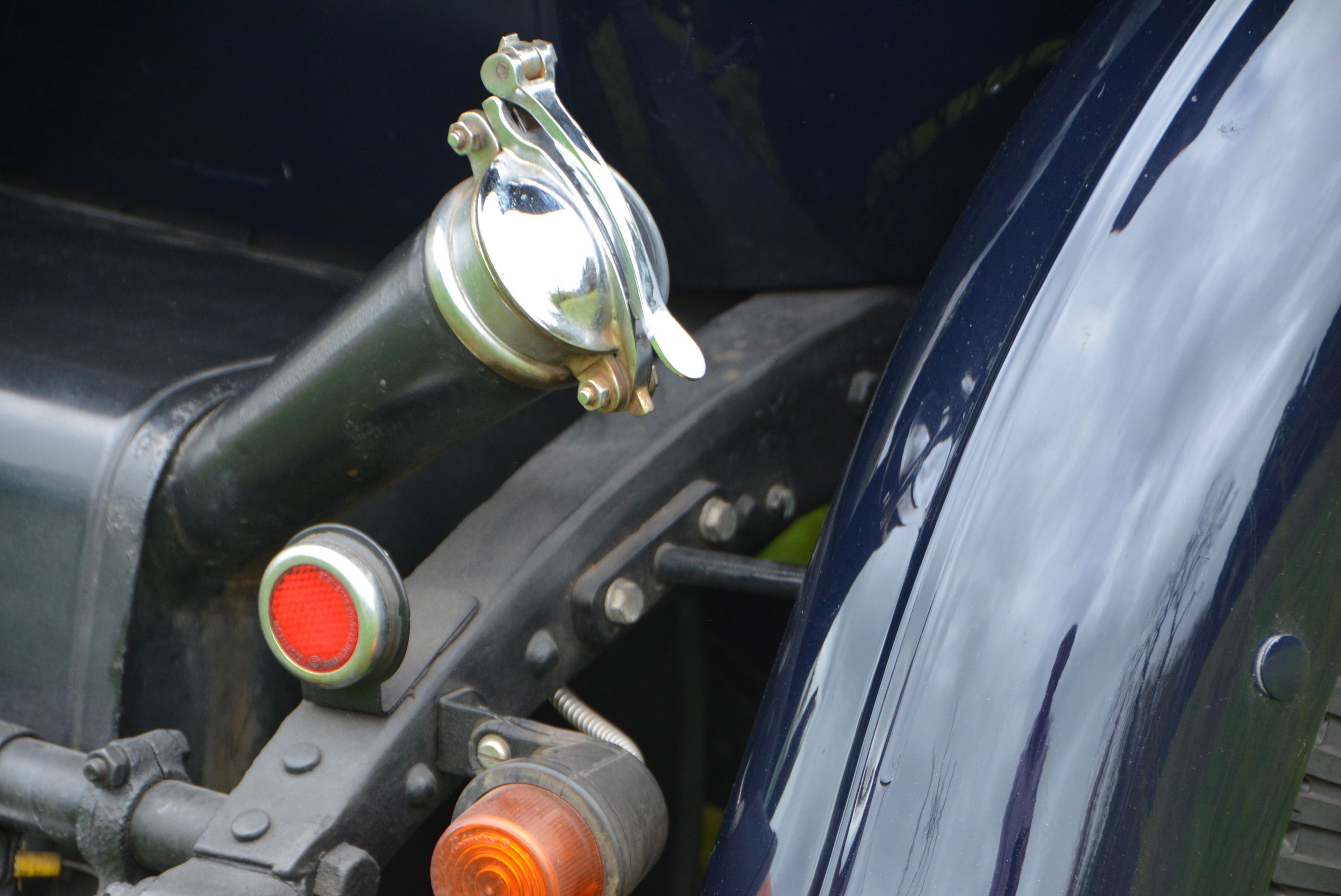 |  | 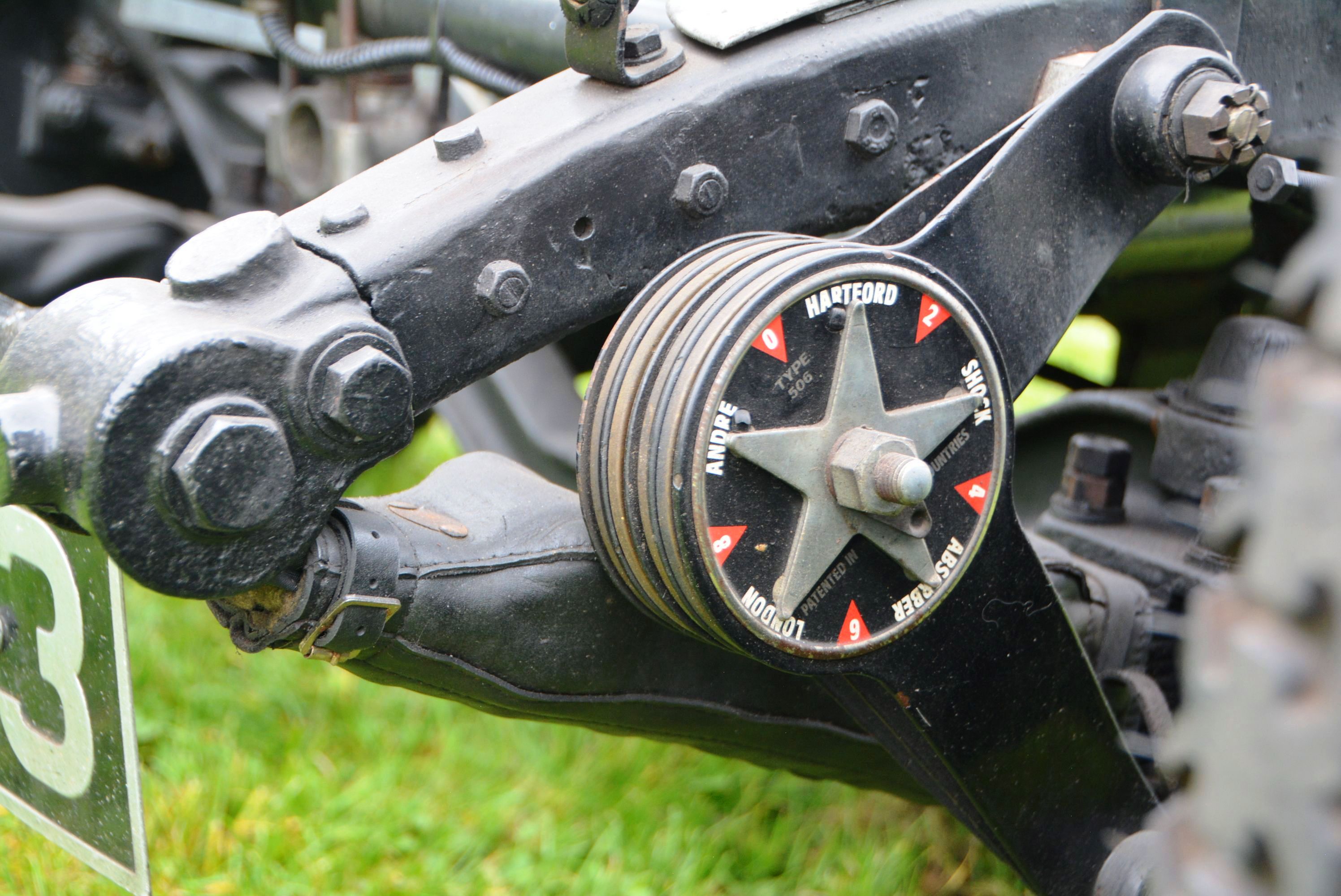 | 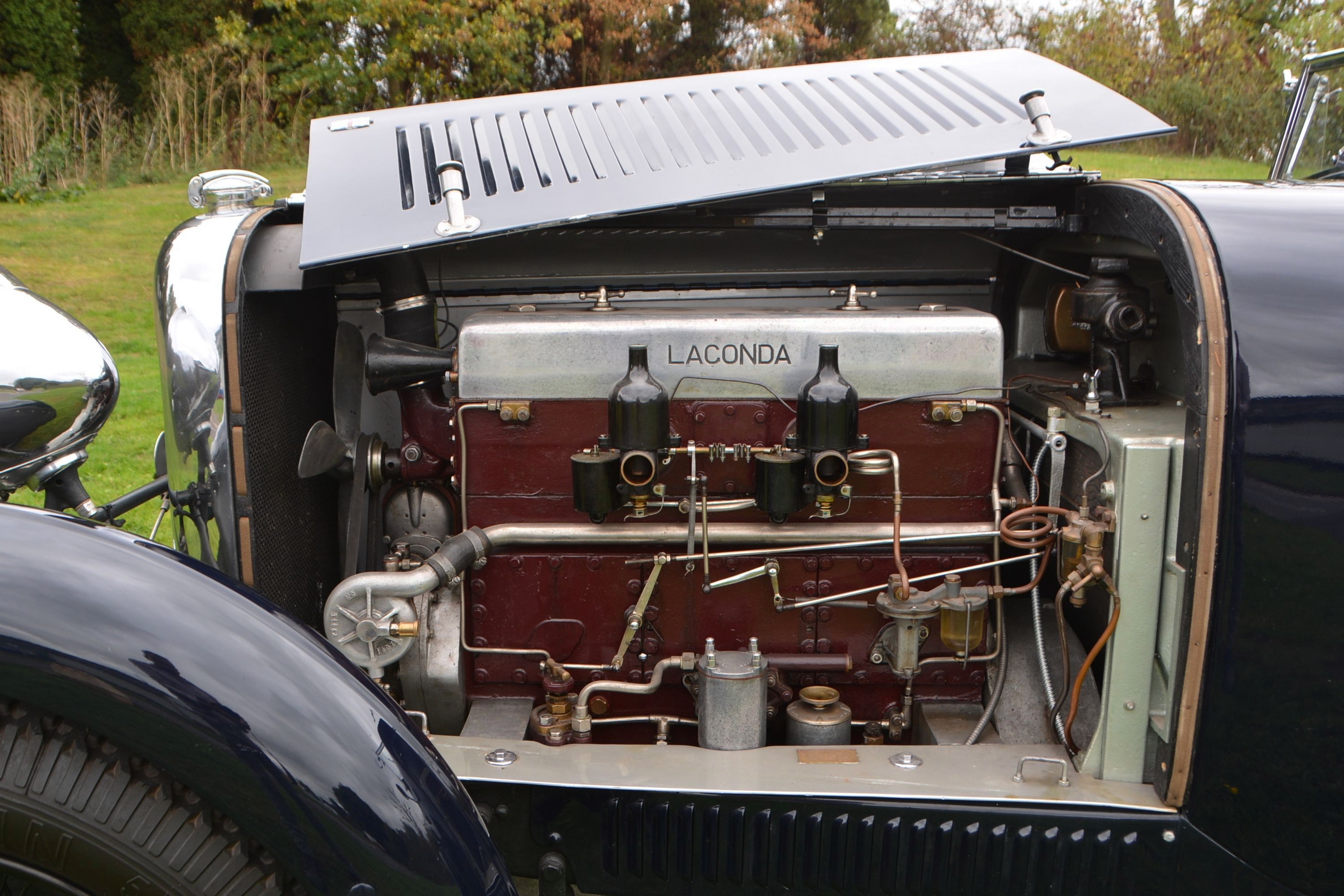 | |||||
 |  | 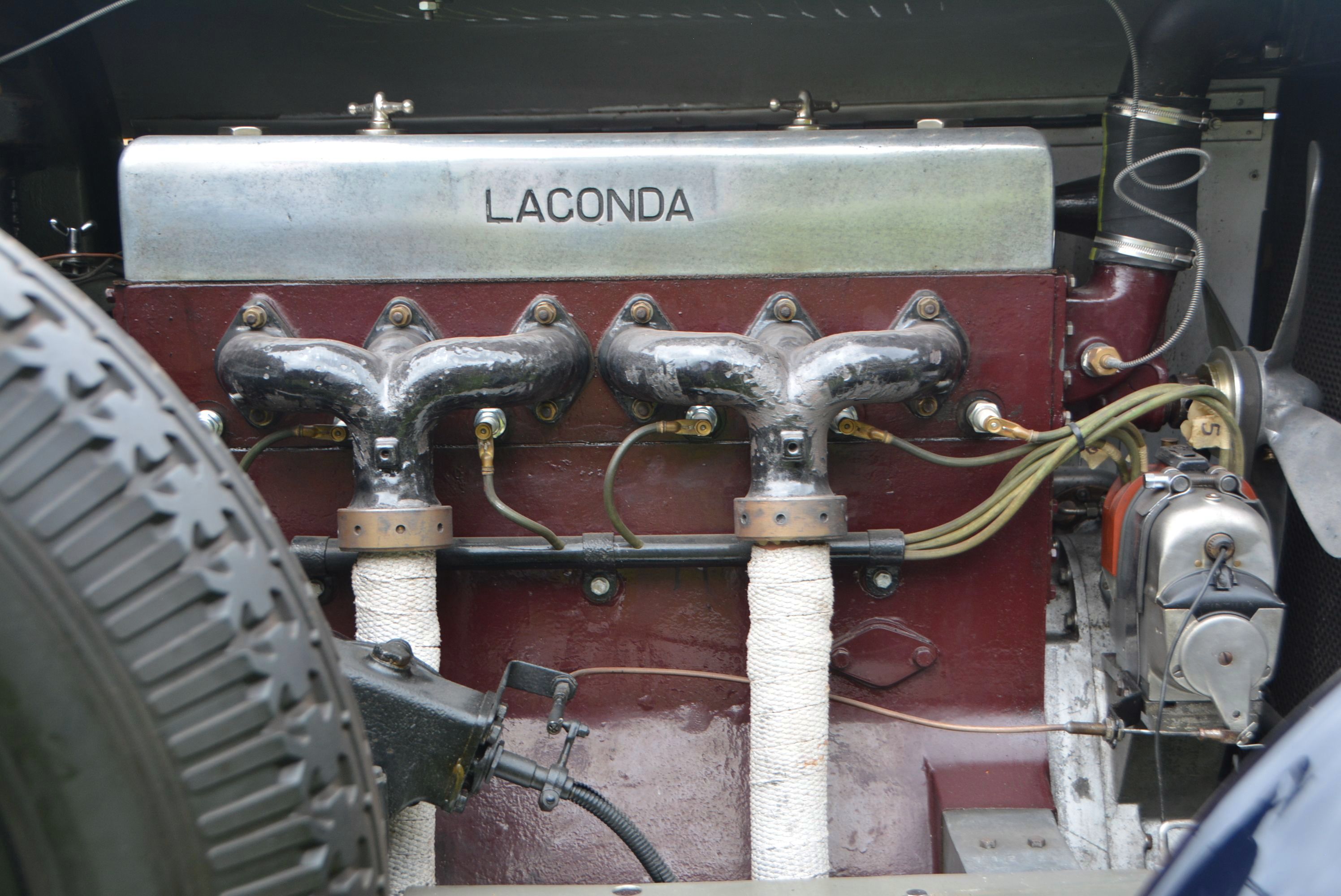 | 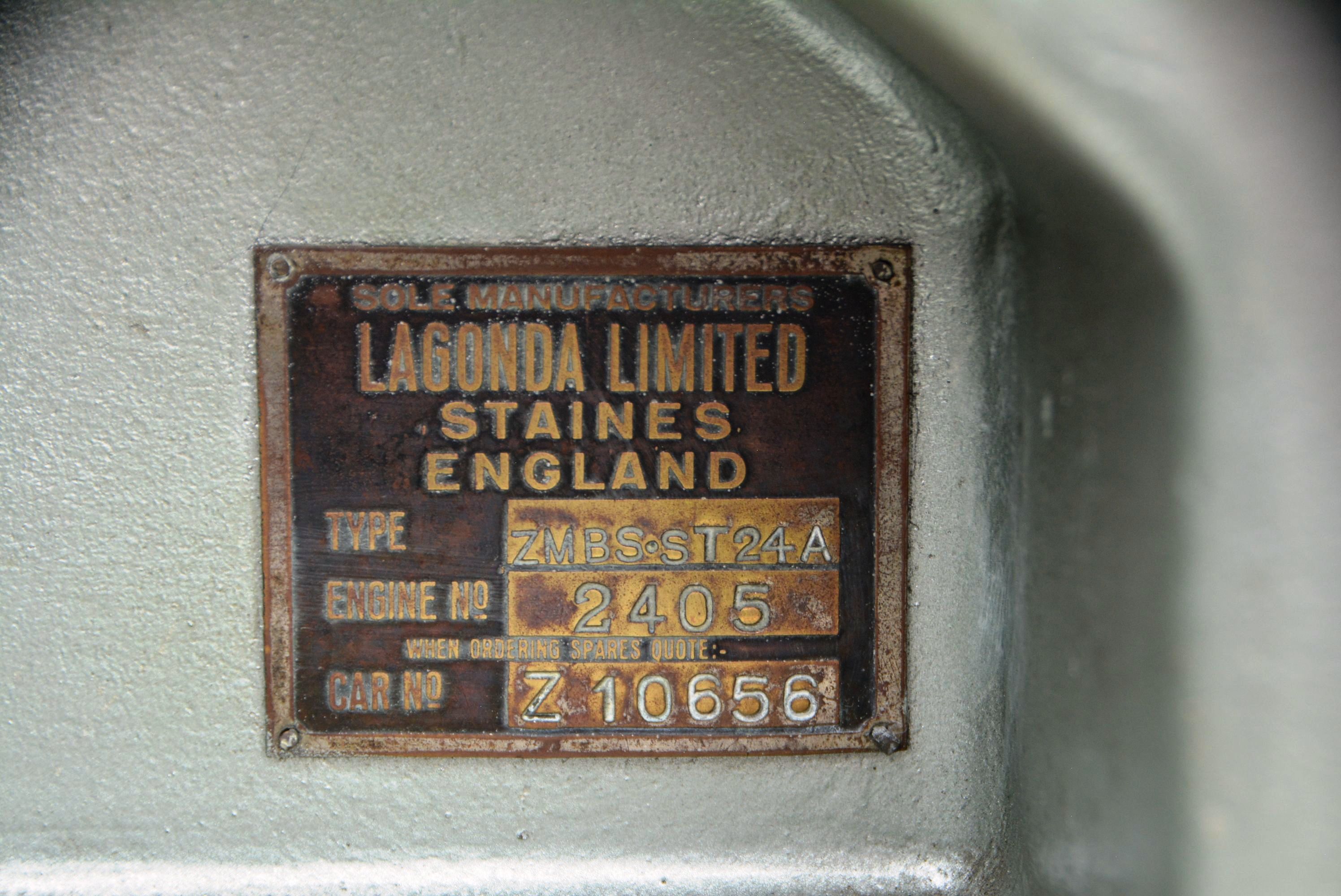 | 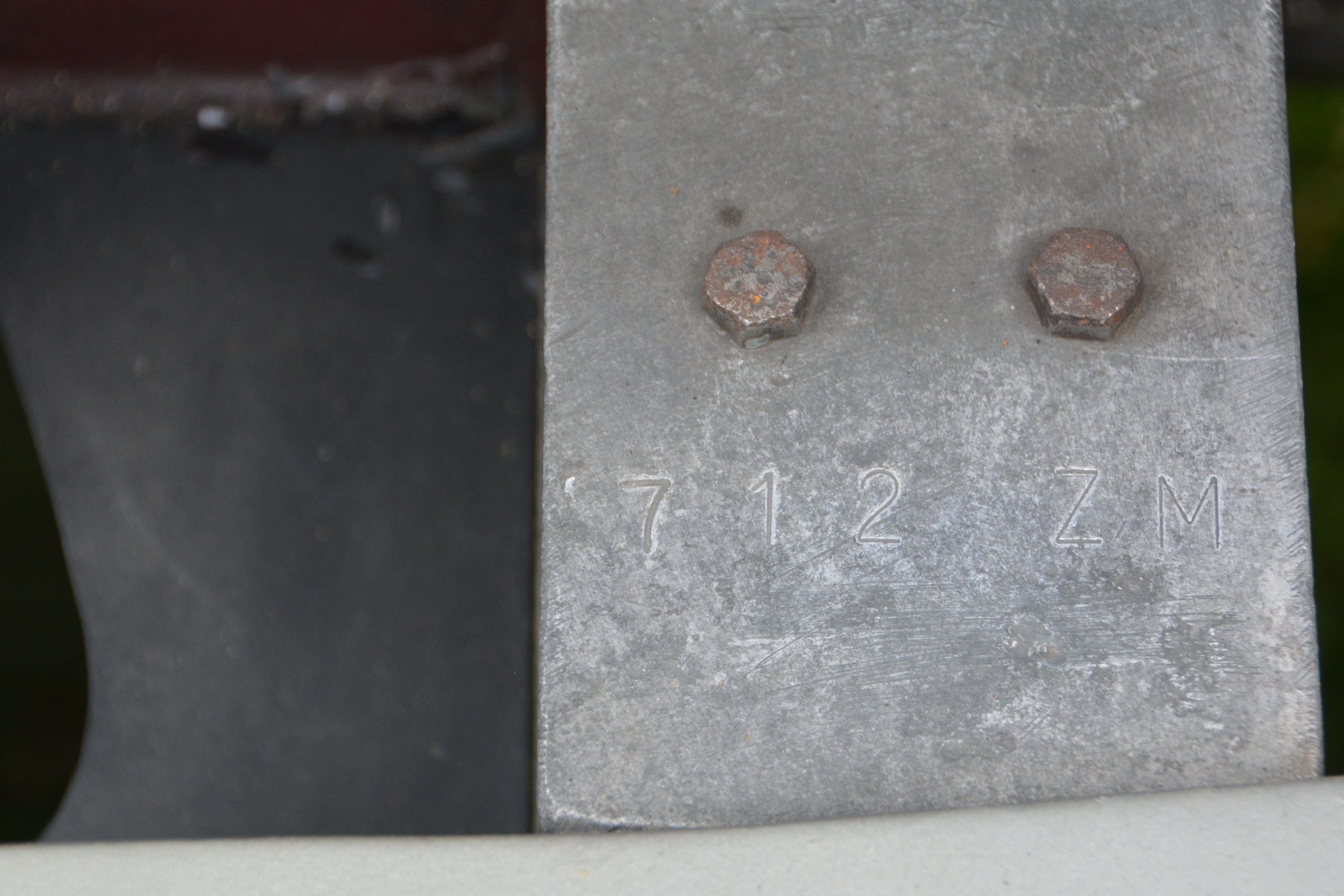 | |||||
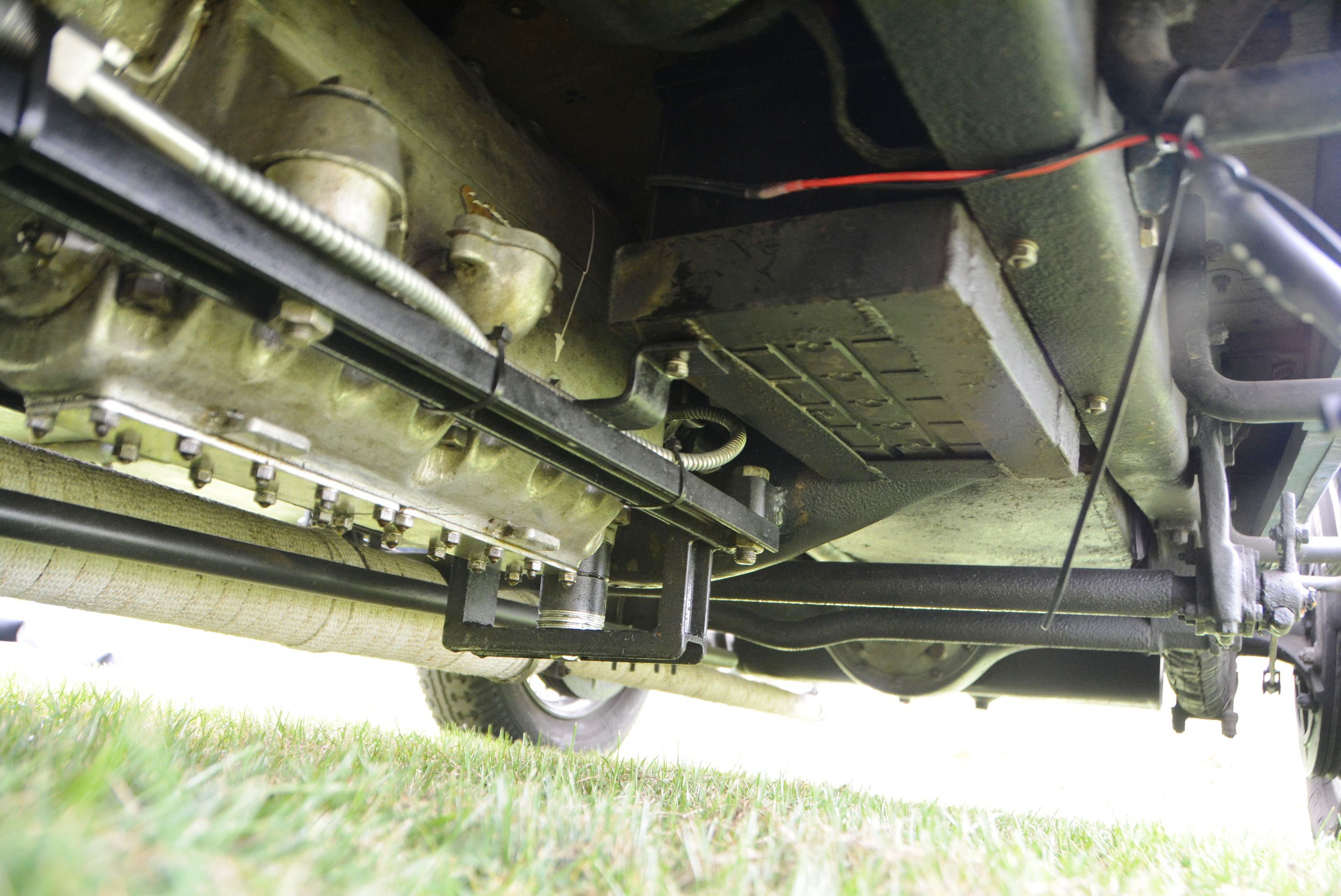 | 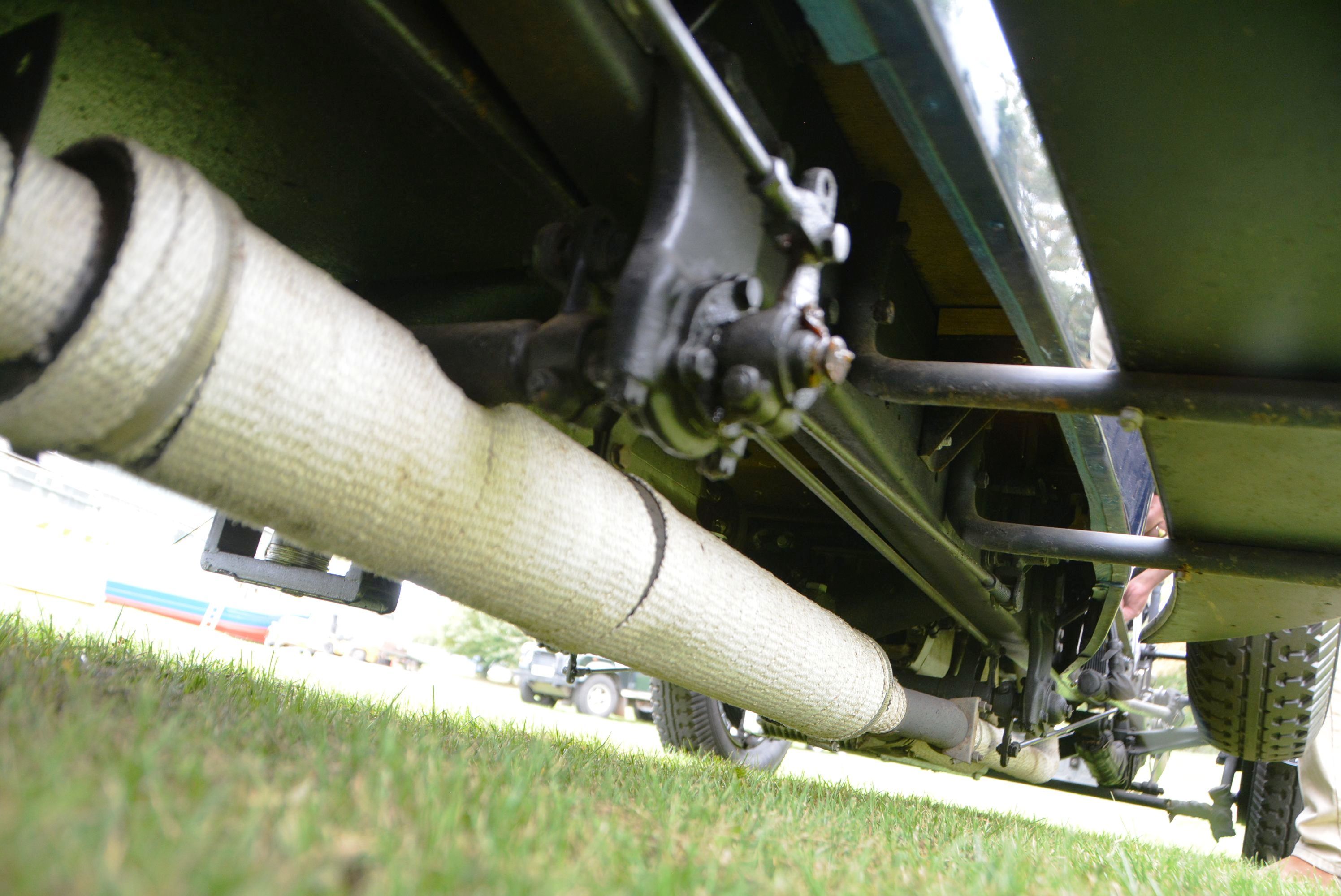 | 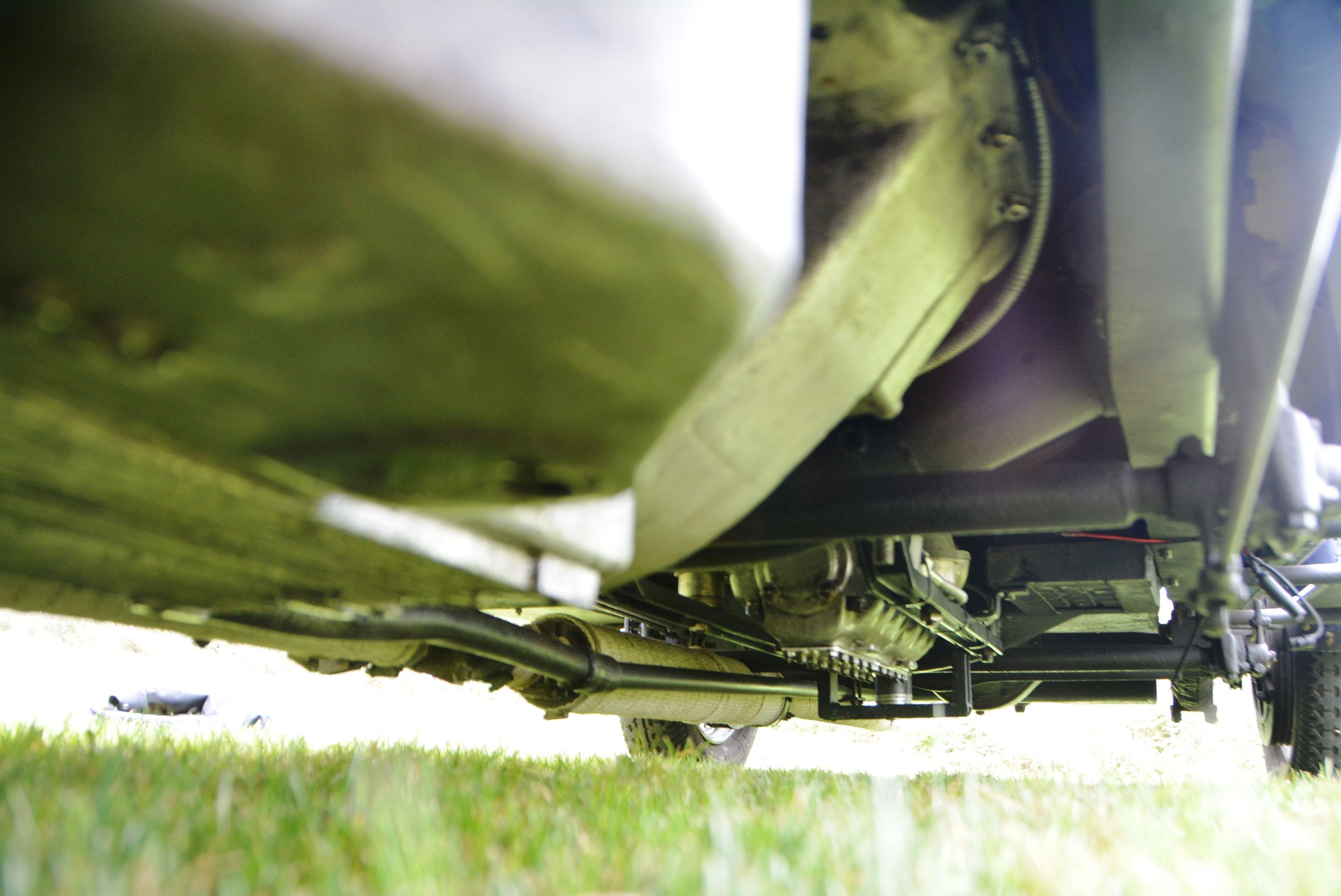 |
| Lot number | 58 |
|---|---|
| Hammer value | £85,120 |
| Description | Lagonda 3-Litre Tourer |
| Registration | AOJ 393 |
| Year | 1933 |
| Colour | Dark Blue |
| Engine size | 3,181 cc |
| Chassis No. | ZMBS-ST24AZ10656 |
| Engine No. | 2405 |
| Documents | V5C; large history file with many invoices, old MOTs and tax discs, correspondence, photos etc |
One of the most revered names in automotive history, Lagonda conjures up images of all things British – cucumber sandwiches at the village cricket match, raffish RAF pilots and country house parties. The true origins of the firm, however, are rather different.
The founder was Wilbur Gunn, an American opera singer who had the sense to realise that his real talents lay elsewhere. In 1906 he left the stage and, with help, produced and marketed a very competent motorcycle under the Lagonda brand, named after a creek in his native Ohio but produced from a factory in Staines, Middlesex.
Moving swiftly into car production, Lagonda’s reputation as a quality brand was cemented by winning the Moscow to St Petersburg trial of 1910 with a 20hp six-cylinder Torpedo, a feat which impressed Tsar Nicholas II and opened the door to a lucrative Russian market until war broke out in 1914.
After spending the war years producing munitions, Lagonda was well placed to expand its car making operation and took the shrewd decision to move the brand upmarket rather than fight with the mass production offerings of Austin and Morris. To this end they appointed Arthur Thomas from Lea-Francis who designed a new engine with, predictably, overhead valves operated by short pushrods from two camshafts located high up in the engine block. The 14/60 model, as it was known, sported powerful Rubery four-wheel brakes and was particularly attractive and sporting, especially as by 1930 (renamed the 2-litre) it could be had with a Cozette supercharger.
In 1928 the chassis was stretched and a 2.4-litre six-cylinder engine with conventional pushrods was introduced in the 16/55. This was all a bit heavy and performance was brought back up to specification when the capacity was increased to 2,931cc as the 3-Litre. Boasting a robust seven-bearing crankshaft with overhead valves, this smooth and robust unit produced some 80bhp and gave the car a top speed of 80mph.
In 1932 the chassis was stiffened and strengthened to ZMBS specification with improved axles and it was this chassis which was developed into the 4.25-litre M45. The engine was also enlarged to 3,181cc with a 75mm bore and 120mm stroke, along with improved Bishop-cam steering and Perrot shaft-operated brakes.
A true thoroughbred, the 3-Litre attracted a select clientele and, in sporting low chassis form, enjoyed some competition success, most notably Lord de Clifford's fine performances aboard a works 3-Litre on the 1931 Monte Carlo and 1932 RAC rallies.
Testing a Lagonda 3-Litre in 1929, The Motor marvelled at the flexibility of the engine (capable of accelerating from 5mph to 80mph in top gear) and stated that it was “difficult to imagine a car nearer an ideal than one which combines the full performance of a speed model with the top gear performance of the best modern touring car.” Sentiments echoed by Motor Sport who declared the 3-Litre to be “a very pleasant car of very high quality and possessing that indefinable but very definite character which stamps the thoroughbred in every walk of life.”
In total some 580 3-Litre models were made before it was replaced in 1934 by the new M45 (with the improved ZMBS chassis and Meadows 4.25 6ESC engine) of which only around 150 are thought to survive today.
First registered in Birmingham in June 1933, this stunning 3-Litre benefits from the later ZMBS chassis and 3,181cc straight-six engine and started out in life as a Lagonda-bodied saloon. Apparently fire-damaged in the late 1950s, it was then laid up in storage until about 25 years ago when it was totally restored from a bare chassis and fitted with a replica T2 body constructed to the highest standards. Repainted in dark blue cellulose, it was also expertly retrimmed in light blue leather and the whole car has mellowed beautifully since.
The vendor acquired the car in August 2000 from Cheshire Classics for £50,000 and has since spent around the same amount in many upgrades and improvements, most of the work being carried out by Fisher Restorations of Droitwich and John Ryder of Shropshire Car & Engineering, with additional work by David Ayre and Vintage Bentley Restorations. The extent of the work is too detailed to list in full here but is amply documented by invoices, photos and correspondence on file.
Highlights include: engine fully rebuilt and fitted with JDR fast-touring camshaft and uprated cylinder head for increased torque and power; rear axle rebuilt and fitted with high-ratio 3.66:1 differential for more relaxed high speed cruising; front axle rebuilt; Alvis Speed 25 synchromesh gearbox and Borg & Beck clutch conversion as recommended by the Lagonda Club and far better suited to modern traffic conditions; new fully balanced prop shaft; water and oil pumps rebuilt; new radiator core; magneto, dynamo and regulator rebuilt; flashing indicators discreetly fitted; dash instruments and clock rebuilt; new road wheels and Michelin tyres x 5; new carpets, double duck hood, tonneau cover and hood bag.
All the upgrades have been carried out in consultation with John Ryder, Lagonda 3-Litre guru and former head of eligibility for the VSCC, the aim being to improve performance, road-holding and usability wherever possible without compromising its eligibility for historic events. Indeed the car comes with VSCC papers and FIA confirmation of acceptability.
In super condition throughout, this last-of-the-line 3-Litre not only incorporates all the improvements made to the model by Lagonda in period, but also the various refinements that have been carefully developed over many decades by the owners’ club to ensure that these fine machines remain eminently usable in modern road conditions.
Apart from a few runs to Prescott and other summer events, AOJ 393 has only been lightly used in the current 18-year ownership, but a recent knee operation has sadly put an end to these jaunts, hence its appearnce in our sale today.
Starting promptly and running beautifully as we moved it around for these photos, this gorgeous and thoroughly sorted motorcar now only needs an enthusiastic new owner to give it the more regular exercise it deserves and no doubt has another 85 years of service ahead of it.